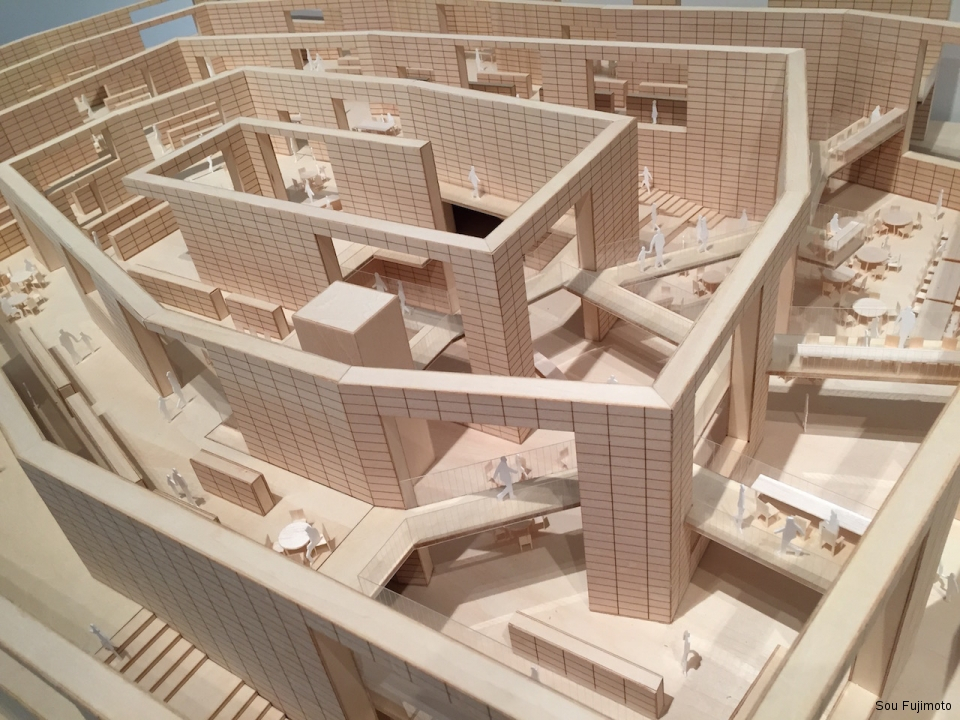What if modern architecture could do it all over again? What if it could once again evolve out of and in opposition to the 19th century’s Beaux-Arts style without supplanting it with a stripped-down design language of basic geometric forms? What if it were to ditch its Bauhaus building blocks and heady theorizing about the house as a “machine for living in” and less being more, and steer more closely to nature — its forms, spirit, rhythms — instead?
That rather big “What if?” is one of the implicit themes pulsing through the exhibition A Japanese Constellation: Toyo Ito, SANAA and Beyond, which opens at the Museum of Modern Art tomorrow (and runs through July 4). Showcasing some fascinating experiments in unusually expressive, innovatively functional form, it focuses on the work of the Pritzker Prize-winning Japanese architect Toyo Ito (b. 1941) and his influence as a mentor on a network of fellow Japan-based architects who in recent decades have been creating remarkable buildings both at home and abroad.
These architects represent three generations of cutting-edge design activity in Japan. The exhibition’s curator, Pedro Gadanho (who organized it in collaboration with Phoebe Springstubb, a curatorial assistant in MoMA’s architecture and design department), emphasizes that, over the years, their ideas and influences have routinely crisscrossed in what he calls a “constellation” of personal and professional relationships, with Ito at its center.
